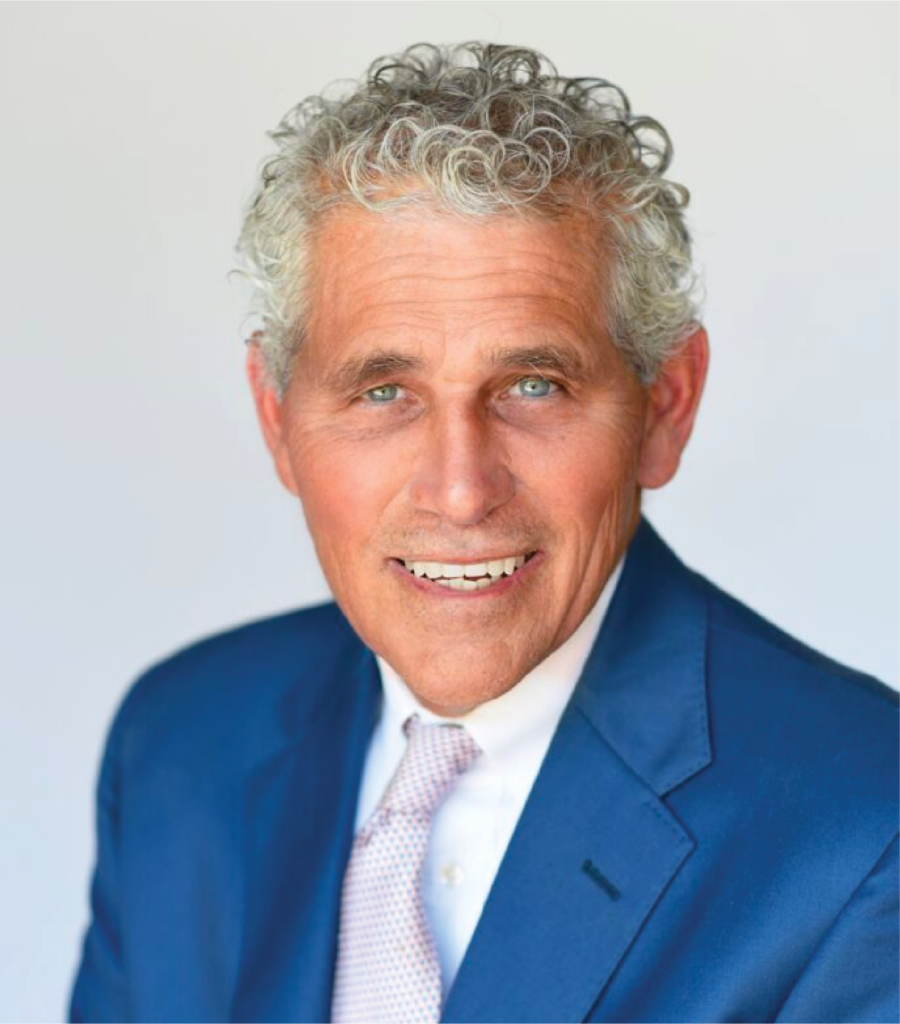Carpal Tunnel
If you have carpal tunnel syndrome, it can affect every aspect of your life. The condition which can cause mild discomfort to debilitating pain stems from pressure on the median nerve in the wrist which controls sensation in the whole hand. Individuals with carpal tunnel will find that it affects the thumb and three middle fingers of the hand, and they will often notice tingling, numbness or weakness in these fingers, also. The condition can occur as a result of a repetitive-use injury, but other factors, such as hypothyroidism or rheumatoid arthritis, can also contribute to the problem. While physical therapy may be one option to mitigate symptoms, it may not resolve symptoms completely, and patients may need to have carpal tunnel surgery to find relief.
The Benefits of Carpal Tunnel Surgery
Carpal tunnel surgery may help alleviate the symptoms you are experiencing if other methods of treatment, such as physical therapy, have failed. Carpal tunnel can relieve pressure on the median nerve leading to substantial reduction of symptoms — such as numbness, tingling and pain — and improvements in hand function after surgery. Surgery can provide long-term relief of carpal tunnel syndrome’s symptoms in most patients.
Who is a candidate for carpal tunnel surgery?
Patients who have undergone a full course of physical therapy but have not seen improvement in their carpal tunnel symptoms may be a good candidate for surgery. Additionally, patients who have incapacitating pain or who have severe symptoms, such as functional disability or pronounced weakness in the hand, for more than six months are also candidates. Consult with a board-certified surgeon like Dr. Kenneth Odinet to confirm the most appropriate course of treatment. Carpal tunnel surgery, like all surgeries, has some risk; however, the benefits of surgery far outweigh these risks for qualifying candidates.
What happens during carpal tunnel surgery?
Carpal tunnel surgery relieves patients’ symptoms by creating a wider passageway for the nerve, reducing pressure on the median nerve and reducing or eliminating pain, tingling and numbness. More room is created for the nerve by cutting the ligaments which surround the carpal tunnel, making more space for the nerve to pass. The additional space around the nerve will remain after the augmented ligaments have healed.
Patients will either have open or endoscopic surgery. During open surgery, Dr. Odinet will create an incision about two inches in length in the wrist area through which he will make the necessary augmentations to the ligaments. During endoscopic surgery, Dr. Odinet will make two small incisions about one-half inch long each; then the surgeon will insert an endoscope (a probe with a small camera at its end) into one incision which will allow him to perform the ligament augmentations through the second incision. The patient’s needs and the severity of their symptoms will suggest which variant of the surgery will be most appropriate.
Dr. Odinet typically performs the procedure using local anesthesia with a sedative. After surgery, the surgeon will bandage and immobilize the wrist which will protect the surgical area during recovery. Carpal tunnel surgery is an outpatient procedure performed in the surgeon’s AAAASF surgical facility and will require only a brief observation period after surgery before discharge.
Recovering From Carpal Tunnel Surgery
Patients typically require eight weeks for a full recovery from carpal tunnel surgery; however, most patients can resume gross motors skills, such as driving, after two to three days and fine motor skills, such as pinching, gripping and writing, by about six weeks after surgery. Physical therapy after surgery will also help patients regain strength and capability in the treated hands more quickly.
The Results of Carpal Tunnel Surgery
Most patients who receive carpal tunnel surgery will experience a substantial improvement in hand function as well as a reduction or even elimination of their symptoms. Often, patients will not need to have additional procedures after they receive carpal tunnel surgery.
Other Injuries to the Hand and Fingers
Dr. Odinet also treats other functional issues of the hands including:
- Trauma — Finger fractures can have devastating long-term consequences if not treated immediately. Dr. Odinet can evaluate the injury, recommend an appropriate treatment plan and operate in cases where an injury to the hand or fingers has been initially evaluated by emergency room doctors.
- Tendon Injury — Dr. Odinet can operate and repair tendon injuries which have resulted from trauma and created a functional disability of the hand or finger. Surgery is performed at Park Place Surgical Hospital.
- Lacerations — Dr. Odinet can treat cuts or lacerations to the hands or fingers which could result in long-term functional disability or unwanted cosmetic issues.
Visit Dr. Kenneth Odinet To Overcome the Discomfort and Pain of Carpal Tunnel Syndrome
Symptoms of carpal tunnel syndrome can be improved with surgery performed by skilled surgeon Dr. Kenneth Odinet. The surgeon has served patients capably over a 30-year career, providing quality medical care for a wide range of concerns from functional to cosmetic, and he is one of the most trusted and sought out surgeons in Southern Louisiana. A carpal tunnel surgery can restore function to your hands and allow you once again to live life without limitations.
Call (337) 234-8648 now to schedule your appointment with Dr. Odinet and learn more about the benefits of carpal tunnel surgery. Dr. Odinet looks forward to helping you leave this chapter of our life behind you.







